Welcoming a furry friend into your retirement home can be one of the most rewarding experiences. Dogs bring joy, companionship, and unconditional love, which can greatly enhance your quality of life. However, keeping a dog in a retirement home requires careful consideration and planning. Here are ten essential things to follow to ensure both you and your dog enjoy a happy, healthy life together.
Choose the Right Breed

Selecting the right breed is crucial when bringing a dog into a retirement home. Not all dogs are suited to smaller living spaces or a quieter lifestyle. Consider breeds known for their calm demeanor, such as the Cavalier King Charles Spaniel or the French Bulldog. These breeds are typically low maintenance and adapt well to indoor living. It’s important to research and understand the energy levels and exercise needs of potential breeds. Think of it like choosing the right puzzle piece to fit your lifestyle; the right breed will seamlessly complement your daily routine.
Establish a Routine
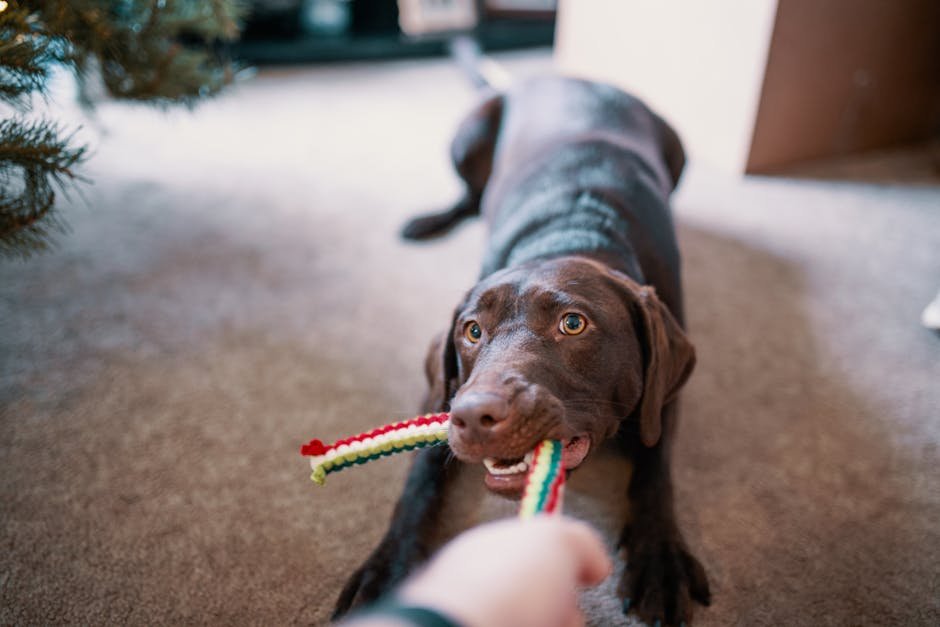
Dogs thrive on routine, so establishing a consistent daily schedule is beneficial. Regular meal times, walks, and play sessions provide structure that dogs find comforting. Establishing a routine is similar to setting a clock; it helps everything run smoothly. This consistency can also help you manage your own activities and ensure that your dog’s needs are met. Remember, consistency is key to a happy pup.
Provide Adequate Exercise

Even in a retirement home, dogs need regular exercise to stay healthy and happy. Depending on the breed and age of your dog, daily walks or playtime in a designated pet area may be necessary. Exercise not only keeps your dog fit but also provides mental stimulation. Think of exercise as a way to recharge your dog’s batteries; it keeps them energized and content. Tailor the exercise routine to your dog’s specific needs to maintain their overall well-being.
Ensure Proper Nutrition
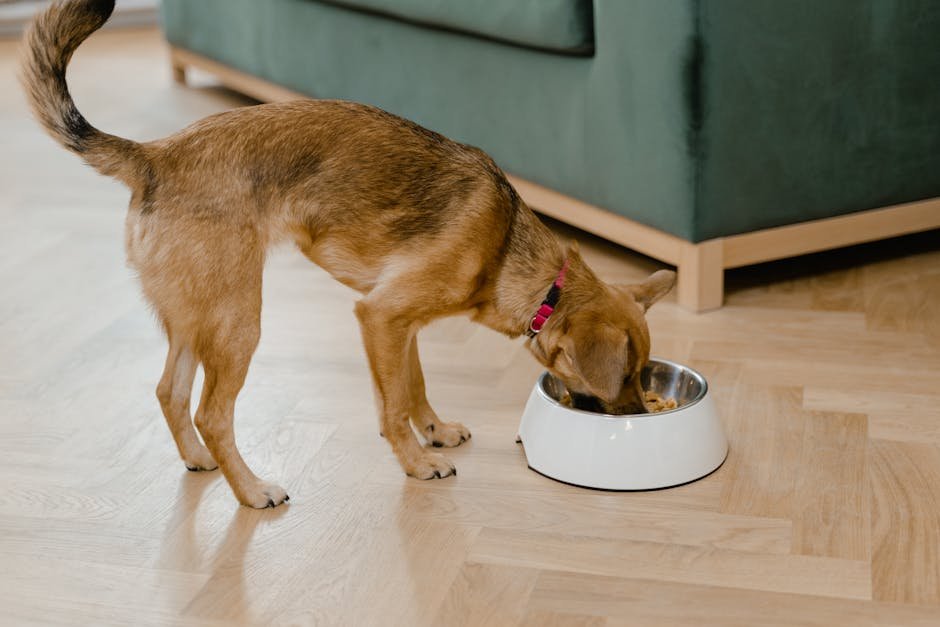
Feeding your dog a balanced diet is essential for their health. Consult with a veterinarian to determine the best food options for your dog’s age, size, and breed. Providing the right nutrition is akin to fueling a car with the correct type of gas; it keeps everything running smoothly. Avoid overfeeding and ensure fresh water is always available. A well-fed dog is a happy dog, and this contributes to their overall quality of life.
Maintain Regular Vet Visits

Regular veterinary check-ups are vital for monitoring your dog’s health. These visits are like routine maintenance for your car; they ensure everything is functioning as it should. Vaccinations, dental care, and preventive treatments for fleas and ticks should be part of your dog’s healthcare routine. Regular vet visits can catch potential health issues early, leading to better outcomes for your furry friend.
Create a Comfortable Living Space
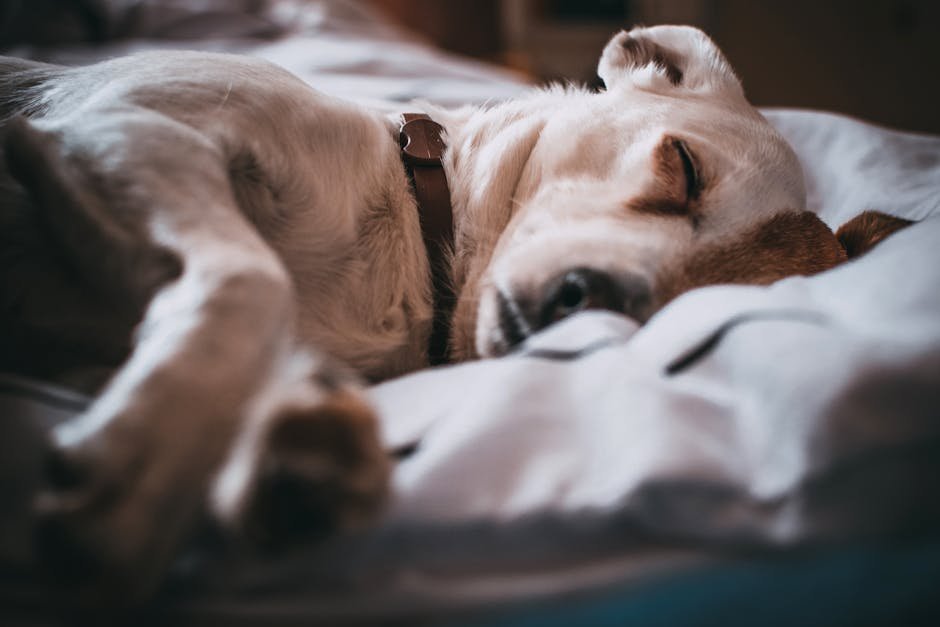
Your dog needs a comfortable space to call their own within your retirement home. This could be a cozy bed in a quiet corner or a designated area where they can relax uninterrupted. Think of this as creating a sanctuary for your dog; a place where they feel safe and secure. Ensure the space is free from hazards and has easy access to food, water, and toys. A comfortable living space contributes greatly to your dog’s happiness.
Socialize Your Dog
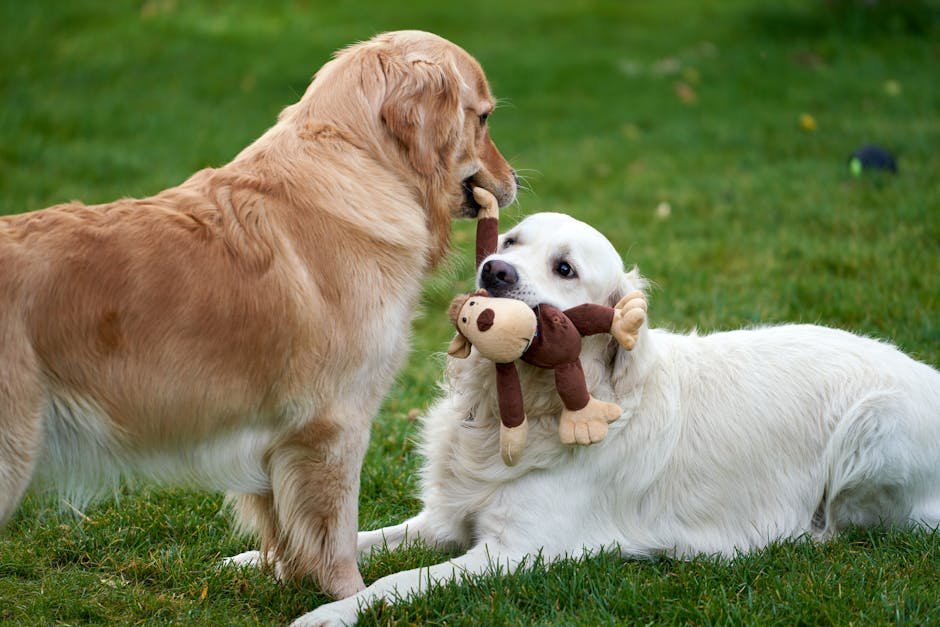
Socialization is important for dogs of all ages. It helps them become well-adjusted, confident, and less anxious in new situations. Introduce your dog to new people, pets, and environments gradually. Socializing a dog is like teaching them a new language; it helps them communicate better with the world around them. A well-socialized dog is often more relaxed and easier to handle in social settings.
Understand Your Dog’s Behavior
Learning to read your dog’s behavior is crucial for building a strong bond. Dogs communicate with body language, and understanding these signals can help you meet their needs more effectively. Observing your dog’s behavior is like learning to read a map; it guides you in the right direction. Recognize signs of stress, discomfort, or happiness to respond appropriately. This understanding will strengthen your relationship and improve your dog’s quality of life.
Provide Mental Stimulation
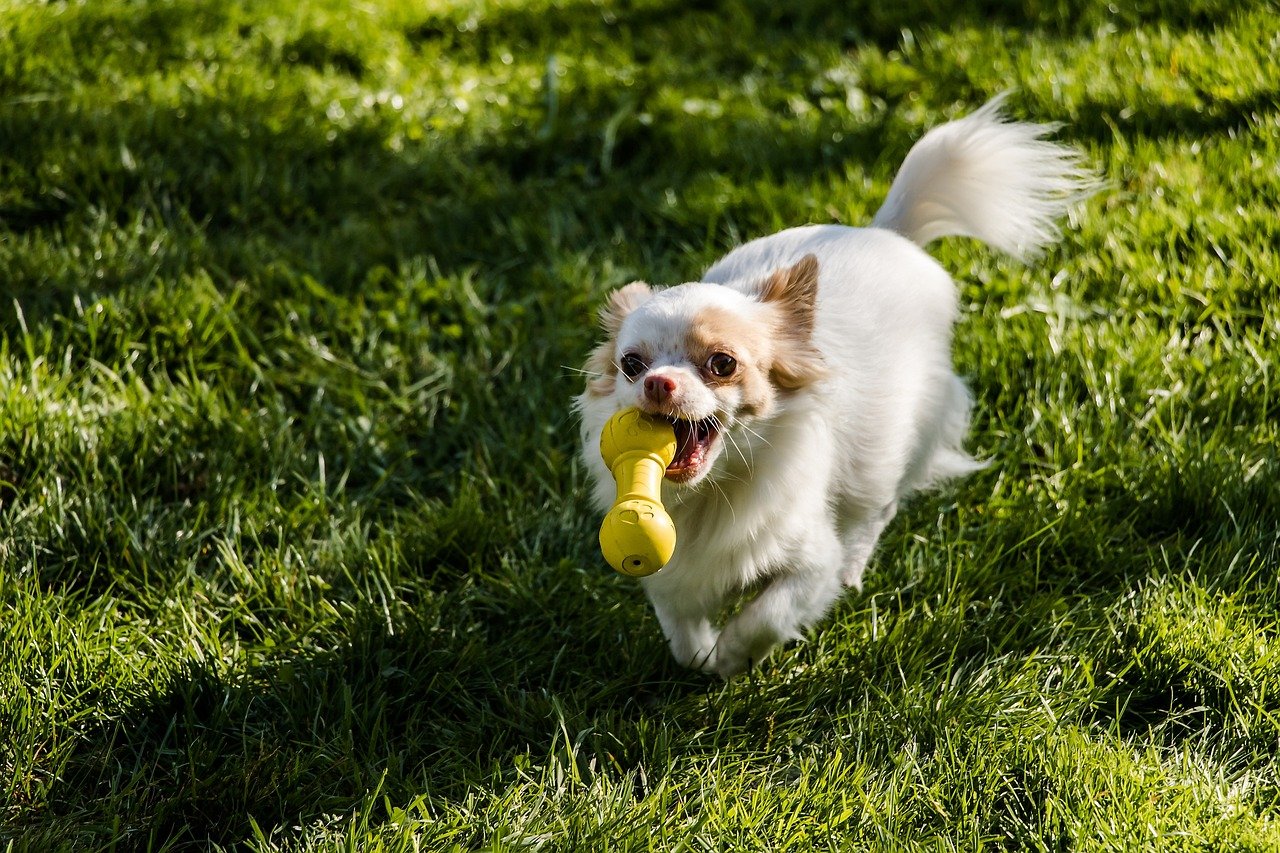
Mental stimulation is as important as physical exercise for dogs. Engage your dog with puzzle toys, training sessions, or interactive games. Think of mental stimulation as feeding your dog’s brain; it keeps them sharp and content. Regular mental challenges prevent boredom and can even reduce destructive behaviors. Keeping your dog mentally engaged is key to a happy and well-rounded pet.
Plan for Emergencies
Being prepared for emergencies is crucial for any pet owner. Have a plan in place for situations like natural disasters, medical emergencies, or sudden changes in living arrangements. Planning for emergencies is like having an insurance policy; it provides peace of mind. Ensure that your dog’s medical records, identification, and necessary supplies are easily accessible. A prepared owner is a responsible owner, ensuring the safety and well-being of their beloved pet.
By following these ten guidelines, you can create a harmonious and fulfilling life with your dog in your retirement home. Your furry friend will bring joy and companionship, enriching your retirement experience with unconditional love and loyalty.

Linnea is a born and bred Swede but spends as much time as possible in Cape Town, South Africa. This is mainly due to Cape Town’s extraordinary scenery, wildlife, and atmosphere (in other words, because Cape Town is heaven on earth.) That being said, Sweden’s majestic forests forever hold a special place in her heart. Linnea spends as much time as she can close to the ocean collecting sea shells or in the park admiring puppies.





